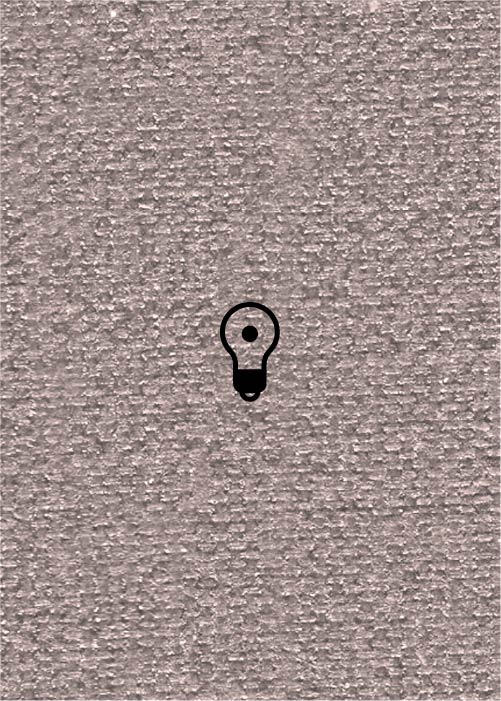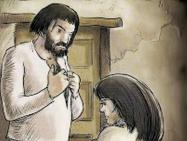(186 results found)

Marsh (LKT)
… theatre, often in fox-trot, waltz, tango, and even rhumba rhythms.” Sokolow 1987, p. 20 . (Musical notation …

Kutner (LKT)
… into position for the dance. The musicians began playing in rhythm. Since they were standing way up in the first room, …

Quadrille (LKT)
… because of the clapping accompaniment which forms a counter-rhythm. This line influences the rhythm. Also interesting is the augmented second here.” … quadrille, the waltz words were sung which went with the rhythms... Eastern European Jews were accustomed to invite …
La Gallarda matadora
… arrangements of Sephardic songs use simpler flamenco rhythms of four beats, such as the Rumba and Tangos. In this … and is reflected in his choice of voicings, harmonies, and rhythmic interpretation of the Bulerías. This version of the …

Patsh Tants (LKT)
… dance music, the dancers would clap the appropriate dance rhythm... patsh-tants : The ways of this dance are, that the …

Kozatske (LKT)
… center of a circle of men, clapping and stomping out the rhythm of a particular tune, a few dancers bounced …

Volekh (LKT)
… These niggunim are characterized by slow tempi, free rhythm, recitative elements generally appearing at the end … el). Style of folk song, either in recitative or rhythmical manner, that originated in Walachia, in Romania. …

Taksim (LKT)
… one partially, and two reproduce the typical roulades, rhythms and intonations of Moldavian doinas. A taksim and a …

Doyne (LKT)
… one partially, and two reproduce the typical roulades, rhythms and intonations of Moldavian doinas. A taksim and a … Twenty-five dance tunes in the volume are built on the rhythms and intonations of the Moldavian dances that … the typical terkishe (Actually Greek sirto ) back up rhythm, albeit at a slow pace.” Phillips 1996a, p. 46 . ( …

Bulgar (LKT)
… playing of Dave Tarras... Though set at freylakh speed, the rhythm by the accompanying accordion and trap set seems more … Bulgar has a totally different principle of relation rhythm to notes than vocal music. Tarras’ style is well … the adaptability of many Jewish tunes to a variety of rhythms: e.g. from a hora (3/8) into a bulgar (2/4) time.” …



